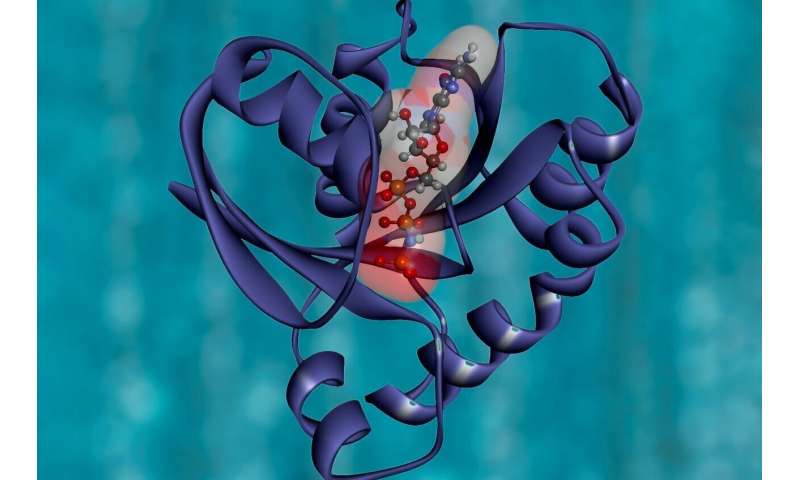Why do many drugs work in the lab but fail to get to the clinic?

G protein-coupled receptors (GPCRs) are the largest family of membrane protein receptors. The proteins control how tissues and organs function. More than one-third of current drugs target these receptors.
St. Jude scientists studied GPCRs to learn why drugs that target these receptors can succeed in the lab but fail to get to the clinic. The scientists looked at mRNA sequencing data from GPCRs in 30 tissue types from more than 700 people.
They found that individual GPCRs have isoforms that vary among tissues and among lab models. This can lead to drug side effects. The differences also lead to drugs that work in cells growing in the lab but fail in later tests.
“We’ve found an underappreciated source of diversity that confounds drug development,” said M. Madan Babu, Ph.D., of Structural Biology. “Now that we know to look for it, this variation presents an opportunity to create drugs that are uniquely targetable, that minimize side effects.”
Source: Read Full Article



